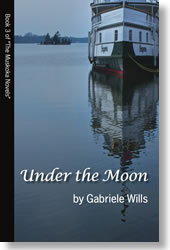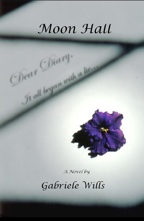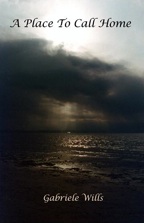The summer of 1914 was blistering hot in Ontario. Those with the time and the means could spend their days cooling off in and around the many lakes, especially in Muskoka, where private summer homes (“cottages”) and dozens of resort hotels were enjoying the heyday of the Age of Elegance. The assassination of an Austrian Archduke in June was overshadowed somewhat by an election in Ontario the following day. There seemed to be no foreshadowing of the impending cataclysm that would become the “Great War”.
While the Toronto Star headline of Tuesday, July 28, 1914 read, “Austria Formally Declares War”, most Canadians thought that European nations were just sabre rattling, and weren’t unduly alarmed by the escalation of troop mobilizations and the daily ultimatums that began being issued. Canada’s Prime Minister, Sir Robert Borden, was holidaying at the Royal Muskoka Hotel, so surely these European antics had nothing to do with Canada.
Borden was to have presented the trophies at the annual Muskoka Lakes Association Regatta that upcoming long weekend, but suddenly cut his vacation short and hurried back to Ottawa on the 30th. By Tuesday, August 4th Canada and the “world” were at war.
With a mixture of excitement and patriotism, over 30,000 young Canadians hurried to enlist in a war that everyone thought would be over by Christmas. Four and half years later, 600,000 would have served, and 68,000 never returned. Of the 170,000 wounded, many were maimed, but surely all the survivors were forever changed by their experiences.
So it’s hard to imagine that ordinary, leisurely days basking in a perfect summer could so suddenly precipitate into one of the most tumultuous times in modern history.
My first two “Muskoka Novels” are set during this era, giving readers a chance to immerse themselves in the lives, loves, and adventures of the “lost generation”.















